There is nowhere else quite like Antarctica. On my (Kelda) recent trip as an Ocean Conservationist onboard HX's MS Fram to Antarctica and South Georgia we were lucky enough to see an impressive diversity of wildlife – including seven out of the eight penguin species that live in the Antarctic and Sub-Antarctic islands.
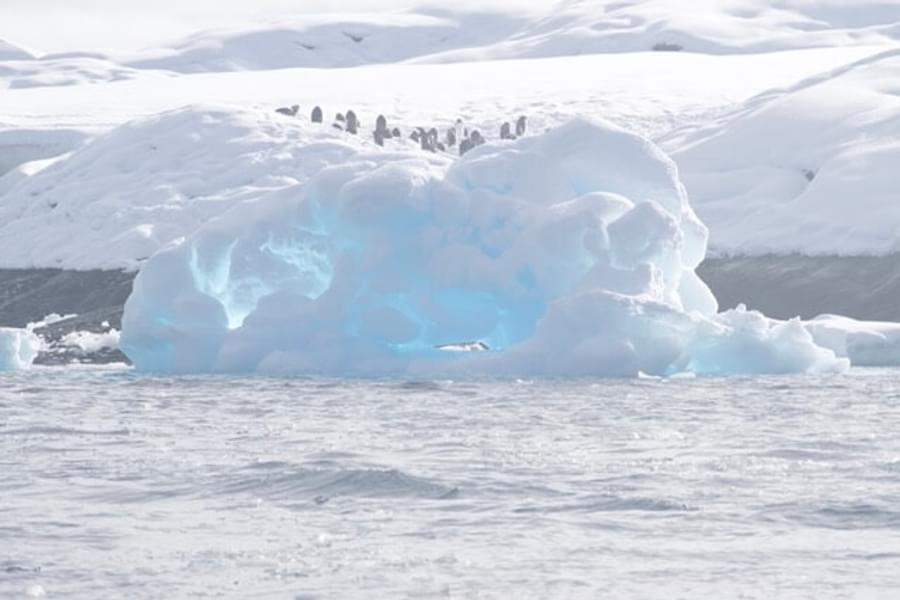
But even one of the most remote places in the world has still been heavily influenced by human activity.
The first commercial whaling station in the Southern Ocean opened in 1904 in Grytviken, South Georgia. Coastal species of baleen whales were hunted first, like humpback and southern right whales. Their proximity to land and slower swimming speeds made them easier to catch rather than the faster and larger species such as fin and blue whales. Between 1904 and 1965, 175,250 whales were killed for their blubber and baleen in factories across South Georgia. Whales were cooked down in large steel pots, and their oil was barrelled up to be sent across the world. Some of the largest markets for whale products at the time were margarine, soap, cooking oils, bone meal for livestock, fertilizer and even dynamite! In the 20th century alone, it is thought that 2.9 million whales were killed in the Southern Ocean.
The effect of the extraction of millions of whales from the Southern Ocean cannot be understated. An individual blue whale can weigh up to 150 tons. But their population size is now only between 1-5% of what it was, with an estimated 5,000 individuals alive today. Therefore, the loss of the total biomass due to commercial whaling is unimaginable and will have disrupted the nutrient and carbon cycle worldwide.
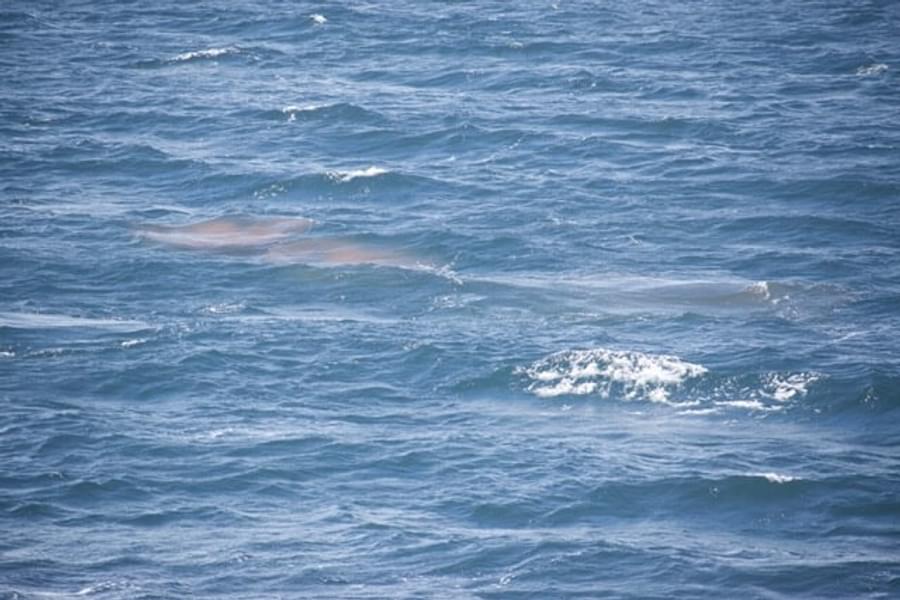
However, in good news, since the global ban on commercial whaling in 1982 by the International Whaling Commission (IWC), some whale populations are showing signs of recovery. Humpback whales have made a near 100% recovery and are by far the most commonly seen whale species in the Antarctic. Massive fin whale feeding aggregations of up to 150 animals have also been seen off the South Shetlands Islands.
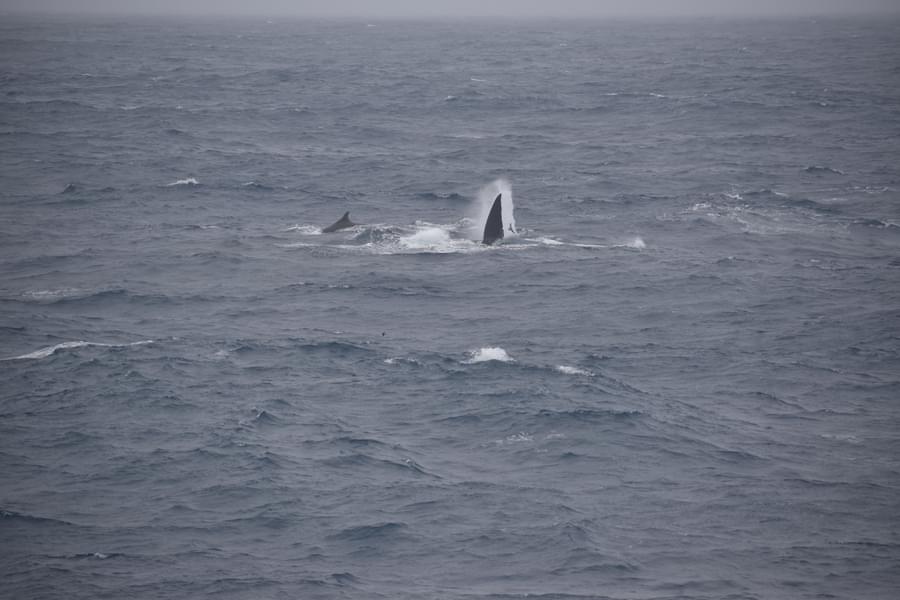
However, whales in Antarctica now face new challenges such as competition for food from the krill fishery and a growing risk of vessel strike. Krill fishing is the largest fishery in the Southern Ocean and used to create health supplement pills like Omega-3 and added as a nutritional component in fish food for farmed salmon. Although catch limits for krill are regulated by the Convention for the Conservation of Antarctic Marine Living Resources (CCAMLR), harvesting is becoming increasingly localised and is overlapping with whale feeding hotspots.
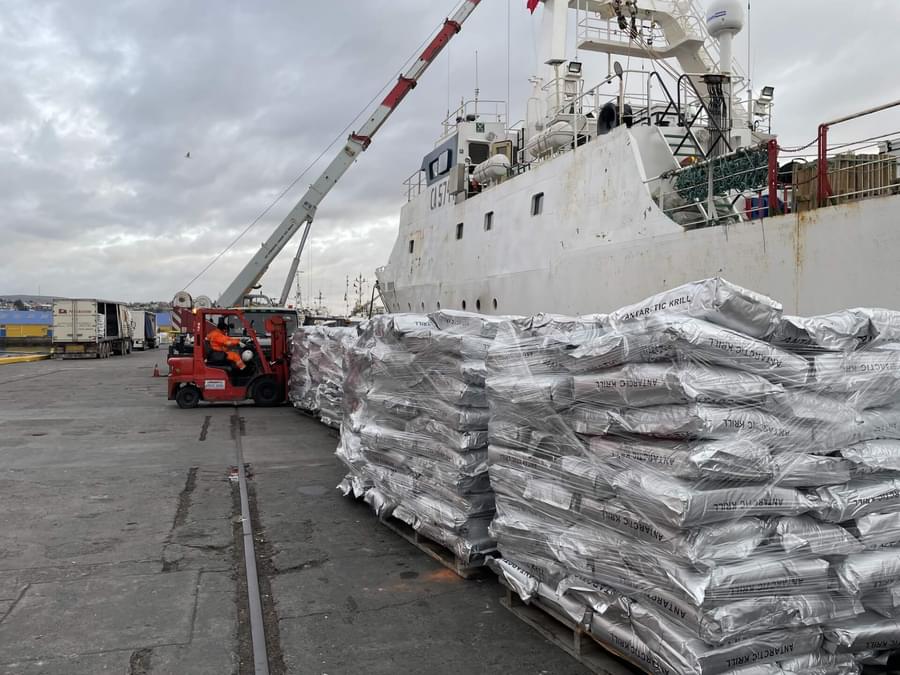
Nearly all the krill caught today is taken from the Antarctic Peninsula, South Shetland Islands, South Georgia and South Orkney Islands.
Increased fishing effort and a rise in ecotourism all means more ships. While it is important for people to experience these magical places first hand, this needs to happen responsibly so that the impact on this vulnerable environment is minimised. Since 2023, ORCA has been working with HX, British Antarctic Survey, International Association Antarctic Tour Operators and the Government of South Georgia and the South Sandwich Islands to monitor the relative abundance of large whales in and around the Antarctic Peninsula and South Georgia. This project has already helped to create special geo-fenced areas where speed restrictions of 10 knots are in place to help prevent fatal collisions of ships with large whales.
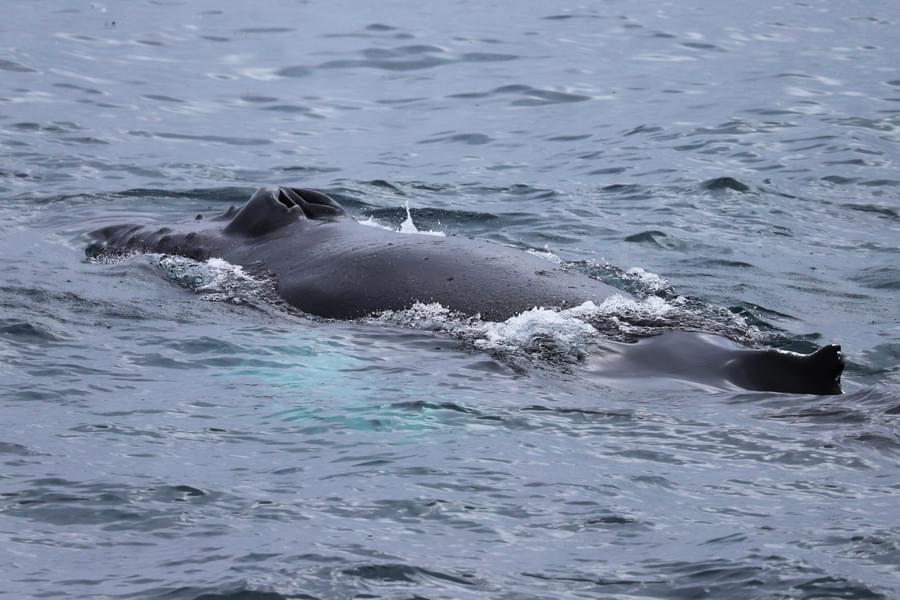
It is also important to know how many whales are feeding in the Antarctic and to get up to date population estimates of large whales to help inform catch limits and for the krill fisheries and the establishment of marine protected areas. New research has called into question the sustainability of the krill industry as current catch limits could potentially be limiting the full recovery of whale populations post whaling. Sadly, just last month, a humpback whale was fatally entangled in the net of a krill super trawler, and this isn’t the first time this has happened. In 2024, at least three juvenile humpback whales were also killed from entanglement in krill fishing gear. This stresses the need even more for vital monitoring work so we can better protect whales in these waters.
ORCA's work in Antarctica is changing the way we understand and protect large whales in one of the most important habitats on the planet, but more work is needed than ever before to keep this pristine habitat safe. By taking part in our new Southern Ocean Marine Mammal Identification course, you can learn all about the amazing animals that call this part of the world home, as well as taking the first step on your citizen science journey. To find out more and book today, visit learn.orca.org.uk and start learning all about the frozen south.

